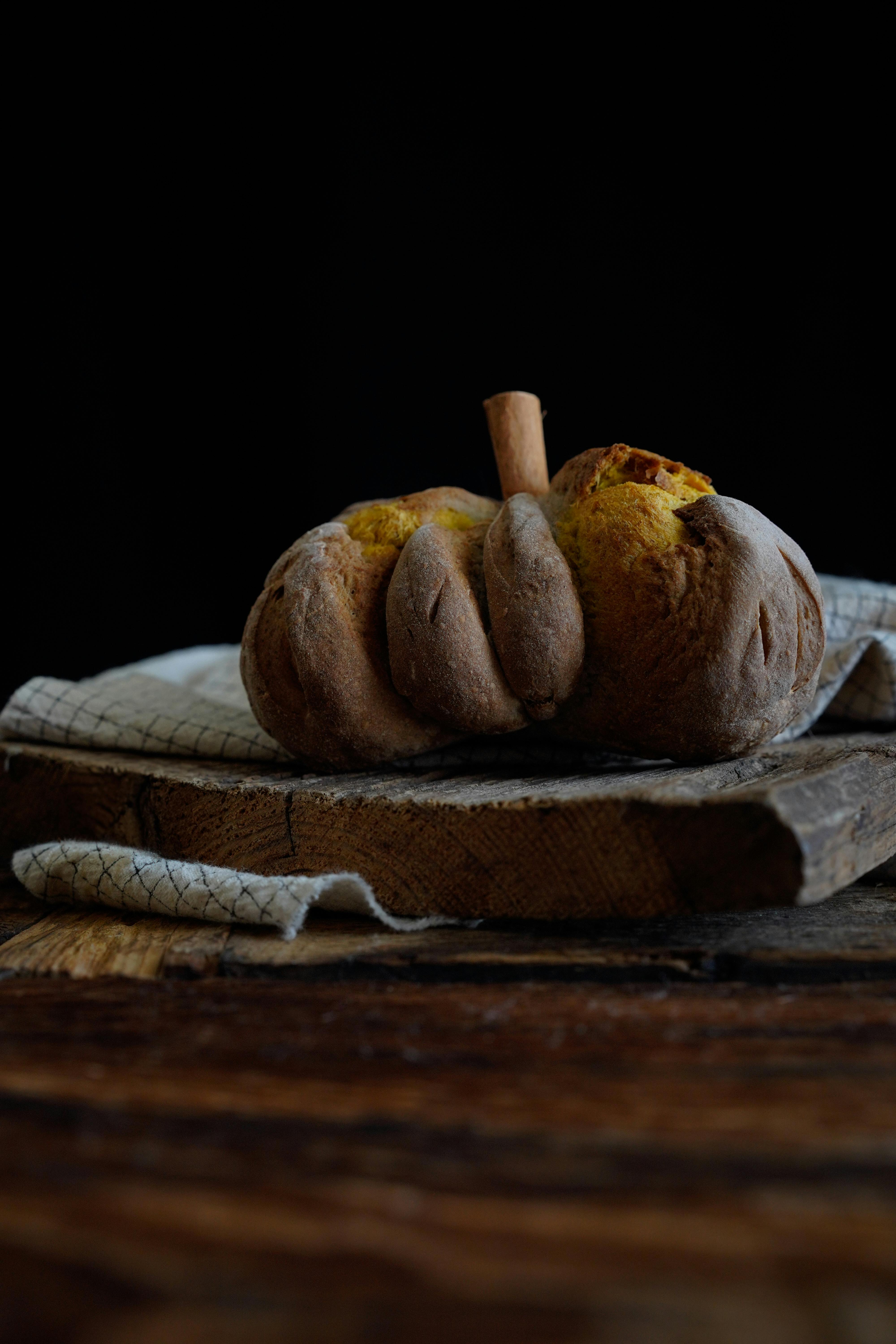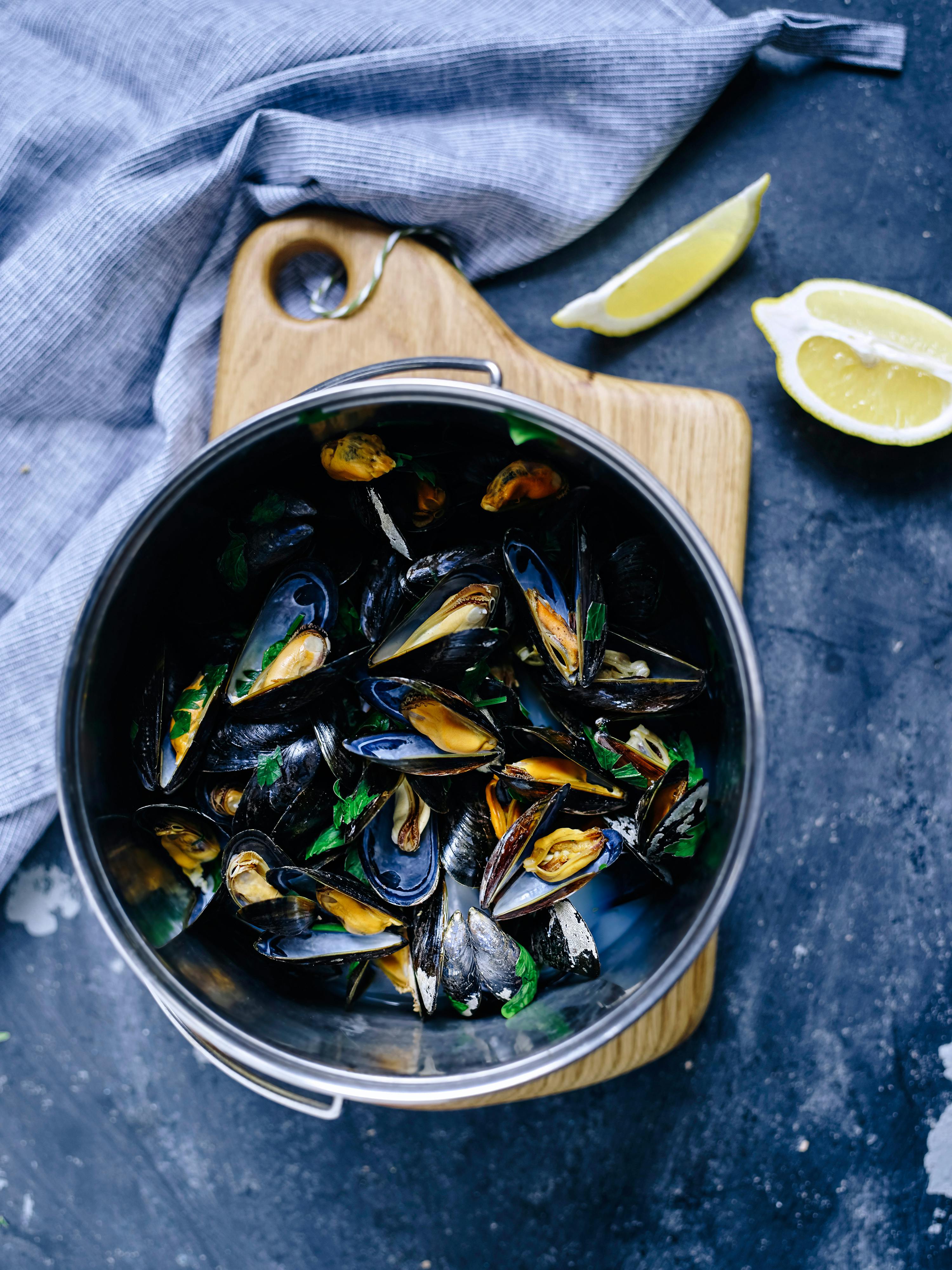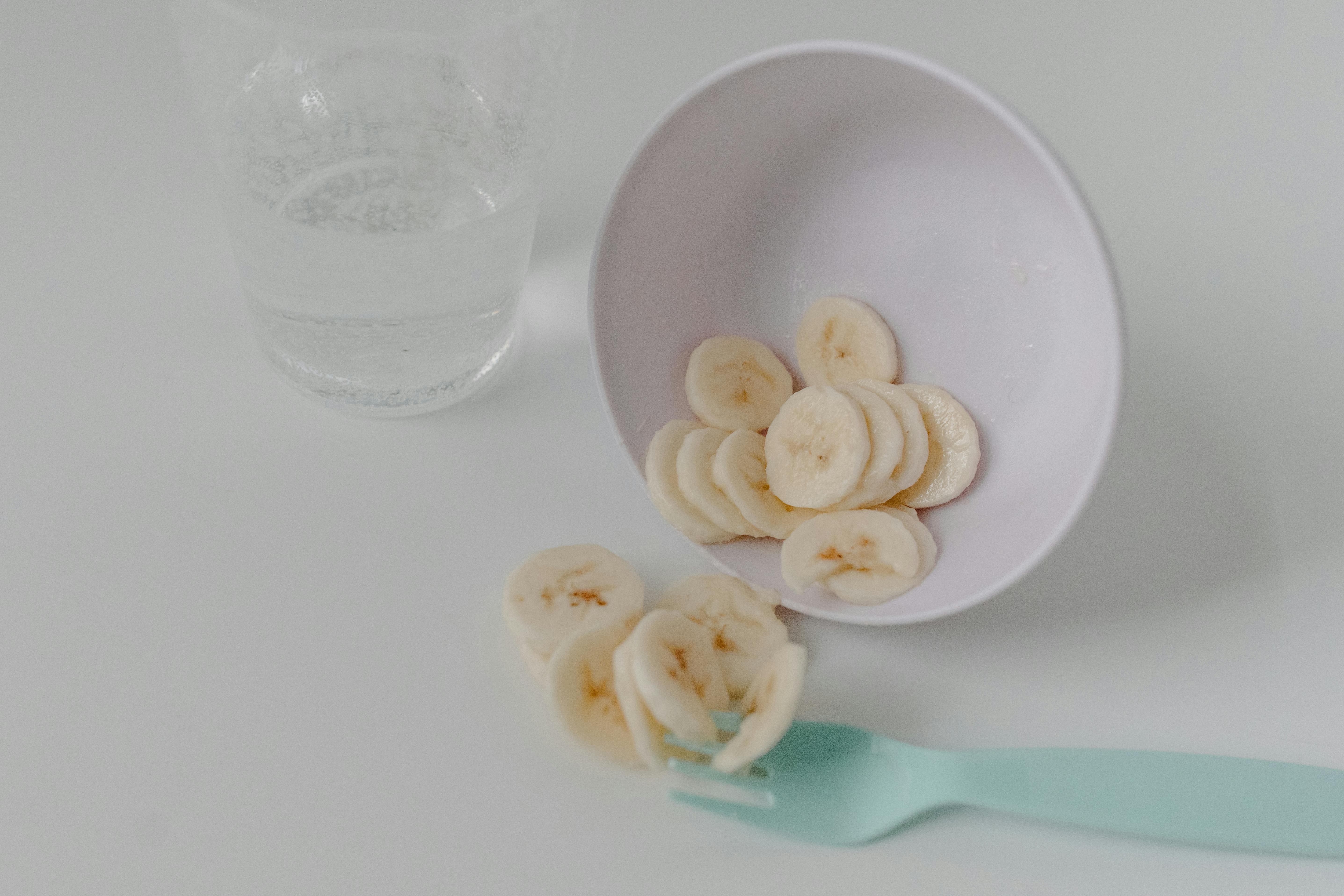Best 5 Essential Diet Options for Dog Pancreatitis in 2025

Apply Now


Best 5 Essential Diet Options for Dog Pancreatitis in 2025
Understanding Canine Pancreatitis
Pancreatitis in dogs is a serious condition that arises when the pancreas becomes inflamed. This inflammation can cause severe pain and lead to complications in your dog's digestive system. Early recognition of the signs of pancreatitis in dogs, such as vomiting, abdominal pain, and lethargy, is crucial for successful treatment. The dietary management of dogs with pancreatitis is essential in aiding recovery and preventing future flare-ups. A proper pancreatitis treatment for dogs involves finding a dog pancreatitis diet that is low in fat, easily digestible, and nutritionally balanced. Harmonizing your dog's diet will ease their discomfort and provide them with the essential nutrients they need for a healthy recovery. The focus must remain on quality dog food that adheres to veterinary dietary recommendations. With the importance of maintaining canine digestive health, let’s explore the best diet options tailored for dogs suffering from pancreatitis.Choosing Low-Fat Dog Food
Low-fat dog food is critical for dogs recovering from pancreatitis. The ideal fat content for dog food often falls below 12%, which helps in preventing further inflammation of the pancreas. Quality dog food brands often offer specifically formulated low-fat options that cater to delicate digestive systems. For instance, premium veterinary dog food can provide a solid foundation for managing your dog’s condition. Be cautious when selecting dog food ingredients to avoid, focusing on products free from unnecessary fats and additives. Supplementing these meals with safe fruits and vegetables for dogs can provide additional nutrients without risking digestive complications.Homemade Dog Food for Pancreatitis
Preparing homemade dog food for pancreatitis can ensure complete control over your dog's dietary intake. When crafting meals, it's important to include low-fat meat sources and easily digestible carbohydrates. Some great options for low-fat meat include chicken breast or turkey. Incorporating fiber-rich foods for dogs, such as sweet potatoes or pumpkin, may promote digestive health. Moreover, it's advisable to follow a consistent feeding schedule for dogs to help them adjust to their dietary restrictions. By slowly transitioning to homemade meals, you can help mitigate any adverse reactions while ensuring that your pet receives a balanced diet. Always consult your veterinarian about how to cook for dogs with pancreatitis and ensure you're meeting all essential nutrients for dogs.Fiber Benefits and Implementations
Incorporating high-fiber dog food into your dog's diet can play a crucial role in managing pancreatitis. Fiber aids in digestion, balances gut flora, and can prevent pancreatitis flare-ups in dogs. When selecting fiber-rich foods, focus on options like cooked carrots, green beans, and brown rice, which can alleviate digestive stress and contribute to maintaining a healthy weight. To make the most of these fiber benefits, consider batch cooking for dogs, preparing and freezing portions for easy access. Ensuring that your dog maintains proper hydration during this process is vital; encourage regular water intake to support digestion and overall health.
Veterinary Diet Recommendations
Consulting with a veterinarian is an invaluable step when managing canine pancreatitis through diet. They can suggest specialized dog food tailored to your dog's health condition. A veterinarian-recommended dog diet will typically include low-fat protein, digestible carbohydrates, and essential fatty acids, creating an optimal nutritional balance for soothing an inflamed pancreas. As you work with a veterinarian, consider customizing dog diet plans that suit your dog's unique situation. For ongoing support, factors such as dog weight management and understanding dog metabolism will aid in creating a long-term dietary strategy that helps manage their pancreatitis effectively.Monitoring and Adjusting Diets
Finally, transitions in your dog's diet should be gradual to avoid digestive upset. Adjusting to new dog foods is a process that requires monitoring your dog's response and making necessary tweaks. This includes keeping an eye out for signs of pancreatitis in dogs, such as changes in appetite or energy levels. Utilizing dog food comparisons can assist in finding the best options and may lead to discovering holistic dog diet alternatives that further benefit your pet. Remember, managing dog pancreatitis involves not only dietary choices but also providing a stable feeding timeline for recovery, understanding feeding habits, and accommodating any dietary restrictions required for maintaining canine health.